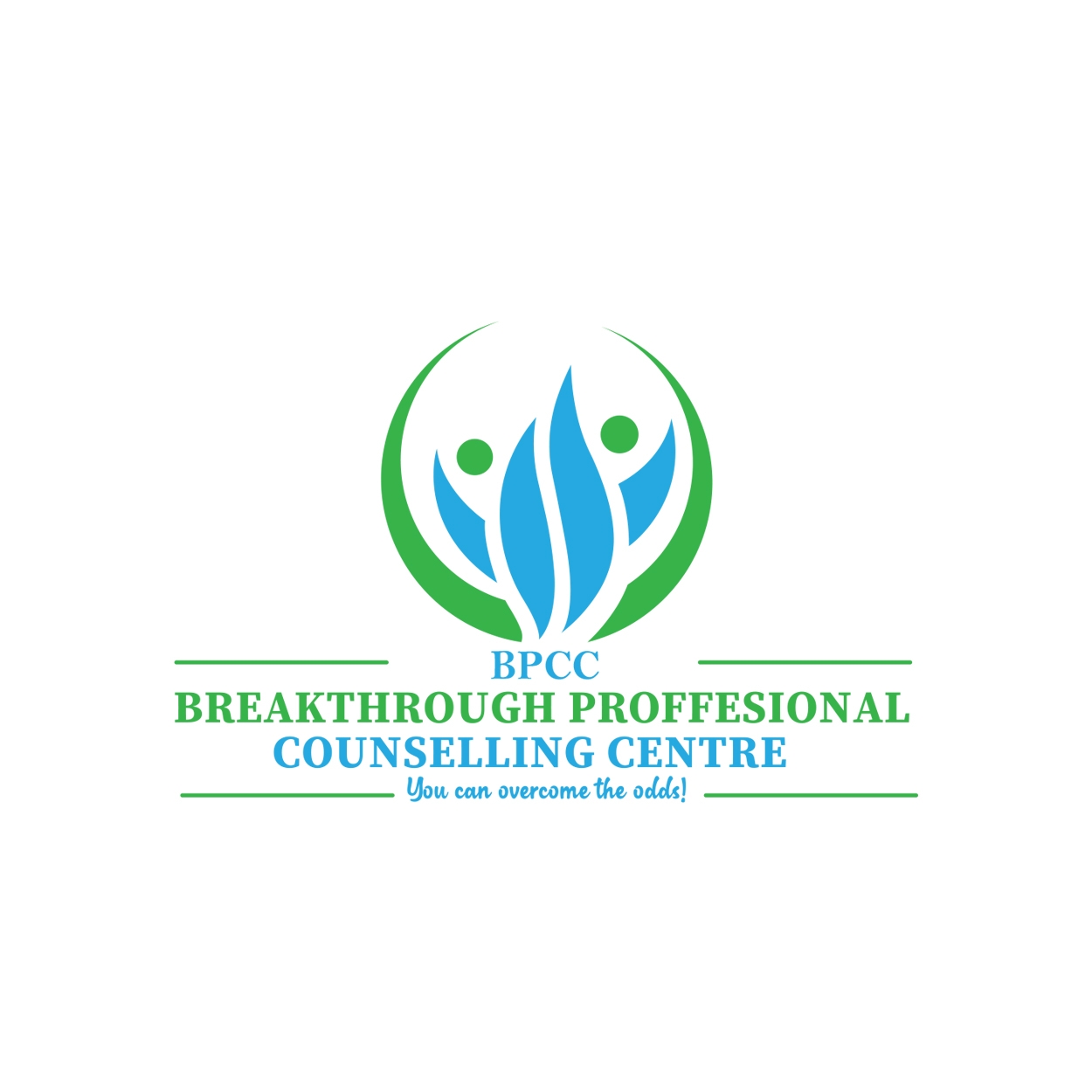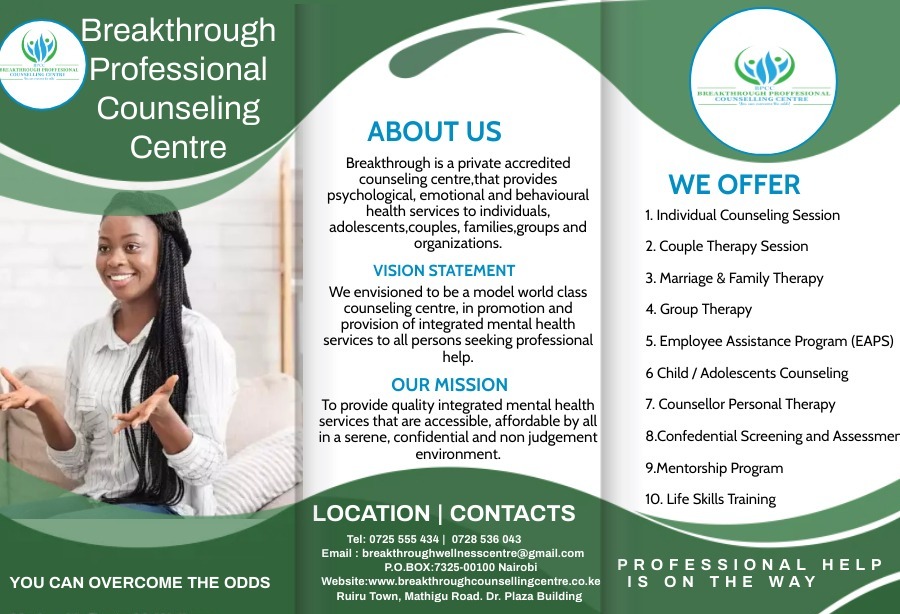Stuck In a Unhealthy Relationship Patterns Of Stockholm Syndrome? .

Here’s is how to know you are in unhealthy relationship of Stockholm Syndrome.
Are you in a relationship cycle with someone that abuses, undervalues, and doesn’t appreciate you but you cannot leave and feels like you’re trapped?
Perhaps, as you read this article you may be wondering what’s Stockholm syndrome is. It would interest you to know that most of the human population has gone through a manifestation of the syndrome or been trapped in a vicious cycle at one point in life.
Stockholm syndrome is a condition in which the victim develops a psychological bond with their abuser/captor. It is a psychological coping or defense mechanism, from very specific circumstances like power imbalances contained in abusive relationships (physical and emotional) and extreme trauma like kidnapping/hostage-taking, gender-based violence, human trafficking, etc.
Let’s zero in on how this syndrome manifests itself in your relationships and focus on how it comes out in your daily life. Although chronic Stockholm syndrome is rare, unless there is extreme trauma, Mild Stockholm syndrome is very common in our daily life experiences.
MANIFESTATIONS OF STCOKHOLM SYNDROME.

Istock Images
You are unable to leave your relationship
Your partner is abusive, but you still love him/her. You are at risk of scars, pain, and even physical harm. You cannot get yourself to leave the relationship yet you are aware of the repercussions of staying.
Your partner may be abusing you emotionally. She/he is a serial cheater, a manipulative person, and an ungrateful partner, he/she does not understand you. You feel undervalued and used/taken advantage of. You can tell that you are the only one putting in the effort and that it is completely one-sided.
You may be aware of the emotional disturbance and hurt you are going through yet you are still unable to pull the plug and call it quits on the affair.
Maybe, you hope they would change, maybe you love your partner, and sometimes, you can’t explain why you won’t leave. The bottom line is, you just can’t move on. You can’t let go of your partner.
Break up and makeup cycle
Another common one is this cycle where you keep breaking up and making up. As the younger ones would call it: ‘on and off relationship’. If someone asks you how long you have been courting/dating your partner, you confidently say, about 3 years, on and off.
You can’t completely call off the relationship or even stay in the first place. One leg is in, one leg is out. You keep waiting for a hiccup in the relationship and you run away, then when you feel things have cooled down, you go back to reconcile with conditions that may not be fulfilled therefore, you keep doing things the same way and expecting different results
Threats
You keep threatening your partner that you will leave them and you never actually follow through. When there are issues, disagreements, misunderstandings, or anything that causes strain or disturbance in your partnership, you want to keep them on edge by threatening to leave them.
I have been in one or more of these situations at different stages of my life. Have you? Or are you currently in this kind of situation? Out of the three manifestations of Stockholm syndrome listed above, where would you classify yourself?
What is the most relatable one to you?
WHAT CAN MAKE YOU TO BE STUCK?

Getty Images
This syndrome is an outward indication of deeper underlying issues. Just like an iceberg, what you see on the surface is merely a small percentage of what is underneath.
- Low self -esteem
You may be dealing with a sense of very low intrinsic worth. The value that you accord yourself is based on the fear that you can’t get someone better or someone that will value you for who you are. In essence, your value is dependent on another person’s view of you. Therefore you get stuck in a hurtful relationship.
2. Poor conditions of worth
Carl Rodgers (1959) talks about the conditions of worth, which are what you believe you have to meet to gain acceptance, love, and approval from others. Therefore, in this case, you threaten your partner so that it would force them to see your value when they sense that they may be losing you.
3. Fear of loneliness
It is common to be afraid of being alone since you wouldn’t want to deal with your thoughts or are not ready to face who you are. This prompts you to stay in a toxic relationship as you have not yet developed a healthy relationship with yourself.
4. Advanced Childhood experiences
You may have had a difficult childhood, maybe the loss of your parents/primary caregiver, at a tender age. Maybe, you are a child coming from parental separation, suffering from emotional/physical abuse, household mental or chronic illness, substance abuse within the family, etc.
Therefore you are unable to distinguish between genuine love and when someone takes advantage of you. This simply means that could be quick to receive anything that has a semblance of love.
Statistics show that approximately 30% of people have gone through advanced childhood experiences that affect how they grow and have healthy relationships. Unprocessed childhood issues could later manifest themselves as mild Stockholm syndrome symptoms
4. Abandonment wounds
You may have had recurring incidents of emotional hurt like absentee parent therefore you’ve been left fearing disconnection, being anxiously attached, feeling insecure, and holding on to what is unhealthy since it is harder to be left.
5. Displacement
It is possible to give what you needed to someone specifically because you weren’t offered the same thing when you needed it. It is a form of compensation that may turn toxic if not handled well.
6. Multi-generational patterns
Growing up watching these manifestations within your family, gives you a pattern to copy from since that’s what’s normal to you. As in the previous article; how to Stop Multigenerational Patterns (make sure to read it), it is easy to pick up and replicate what you watch within your household.
Take time to deeply reflect on the underlying issue behind your behavior, therefore, looking at the possible action steps to deal with the problem.
HOW TO FREE YOURSELF FROM THESE MALADAPTIVE BEHAVIOUR
Self-awareness
You need to know who you are and the state that you are in at the moment. Sharing your story with someone you trust allows you to listen to yourself speak therefore helping you to streamline your thoughts.
Allow yourself to self-reflect. Look intently and deeply at your journey, the thoughts you have, your feelings, and how they influence your behavior. Be aware of the recurring patterns of your past and how they affect your future.
Monitor how you talk to yourself. Your self-talk says a lot about your behavior. If you are loving towards yourself, you will take care of yourself and therefore will know what it means to be taken care of.
Question your decisions. Examine your inner motivations and if you are acting or reacting. That will allow you to know what is pushing you to do what you are doing.
Acceptance
Knowing yourself is not useful if you are not ready to accept whom you see in the mirror. Living in denial will ensure that you remain exactly where you are stuck in. Self-acceptance of the hurt, the toxic patterns, the trauma, and the real underlying issue within, allows you to seek help and find a solution to what you see.
You will be able to start working on your healing journey when you accept who you are, come to terms with whom you want to be, and are willing to do whatever it takes to change your current situation.

Istock Photos
Healing
After accepting your current situation and reflecting on it, you can work on healing. Learn that the experience does not define you but is part of your journey, if you are willing to work on it. The process of healing may be uncomfortable, and sometimes difficult however it is the best thing you can ever do for yourself.
You don’t walk the path/struggle alone. Your support system is an important part of this journey, be it your counselor, spiritual support, or your loved one (preferably one you are not a victim of in manifestations of Stockholm syndrome).
You can go through the journey of healing by going for therapy, which helps you process your trauma, open up and share, deal with the underlying issues discussed above, and automatically alleviate Stockholm syndrome.
You can do that by intentionally distancing yourself from your triggers and the areas of abuse. This allows you to clearly see the cycles that you are in and therefore make the necessary steps toward healing.
Seek guidance from a professional. It is important to have someone neutral that will keep you accountable but you need to allow yourself to be kept accountable if need be. It may be uncomfortable to be helped and guided, however for healing to take place, especially in Stockholm syndrome, external nudging is of utmost importance.
To sum up, getting out of this trap and setting yourself free from this syndrome is possible. It is not a permanent condition to be pulled toward what is hurting you the most.
Be it a person or a cycle. This is not a foreign thing that affects certain people. It affects you and me but there is hope for you/loved one. You can overcome the odds.
If you are in this situation we wish to share with you that you aren’t alone. Professional help is on the way .
About the Writer,
Sheila K. Muli,
Counsellor, Speaker, and Trainer










